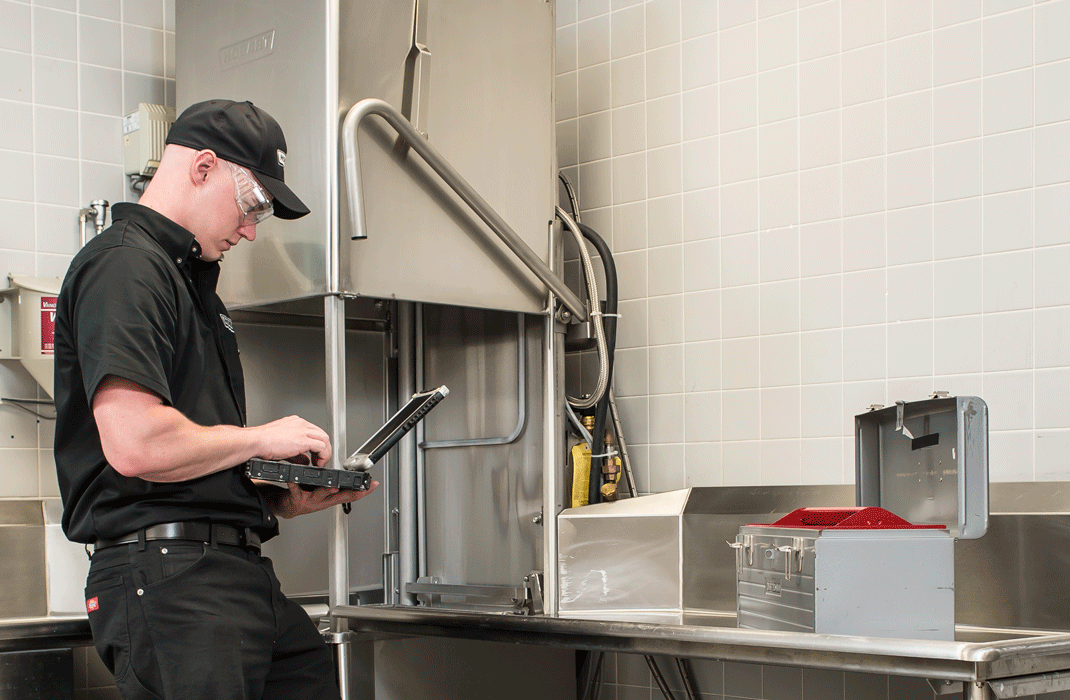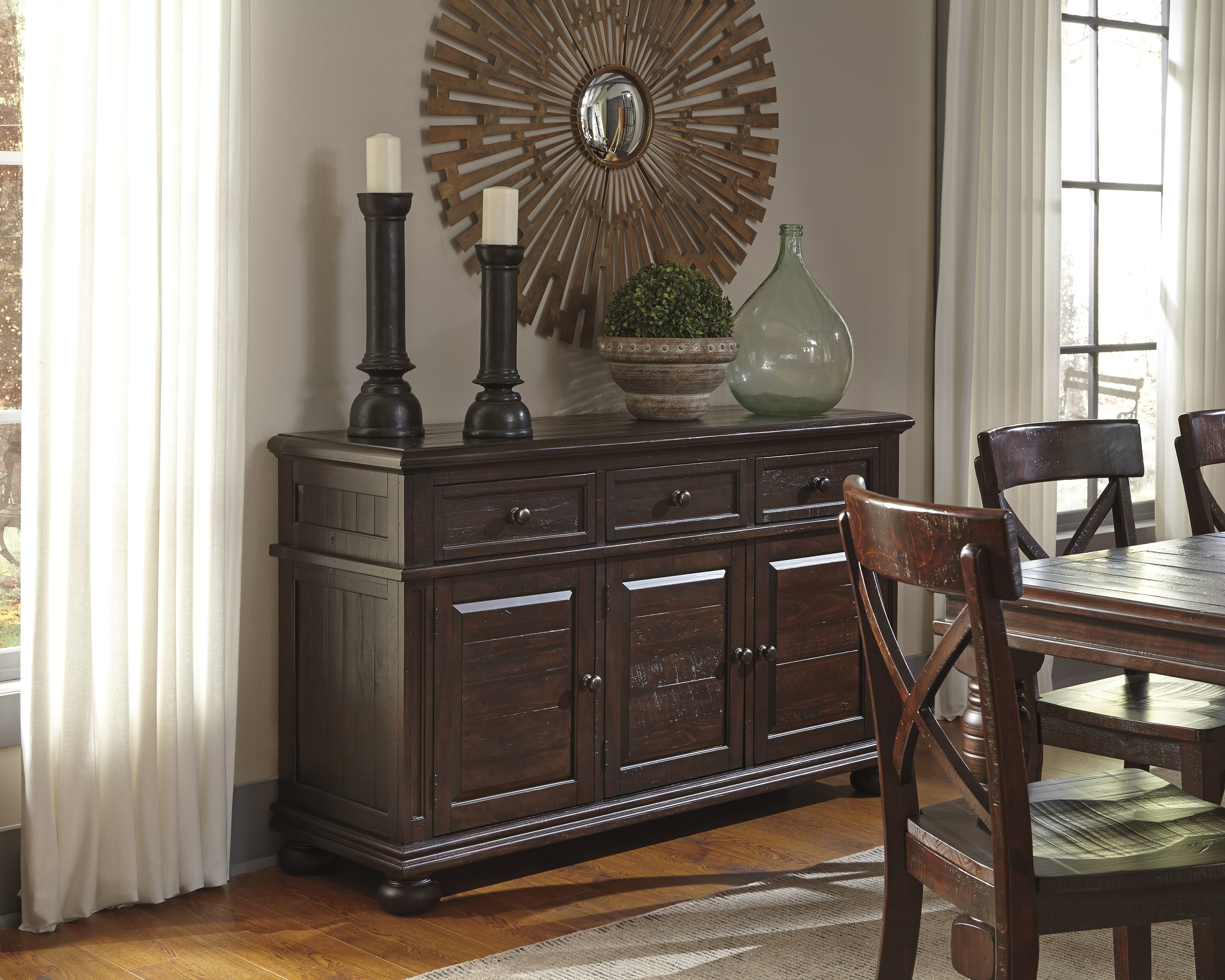Proper venting is crucial for maintaining the health and functionality of your kitchen sink plumbing. Without proper ventilation, gases and odors can build up in your pipes, leading to unpleasant smells and potential health hazards. In this section, we will discuss how to properly vent your kitchen sink to ensure smooth and efficient draining.How to Vent a Kitchen Sink
Installing a vent pipe for your kitchen sink may seem like a daunting task, but it's actually quite simple. First, you will need to locate the nearest vent stack, which is a vertical pipe that extends through the roof of your home. Next, using a hacksaw, cut a section of the vent stack and install a sanitary tee fitting. Finally, attach a vent pipe to the tee fitting and connect it to your sink's drain line. This will allow air to flow through your pipes and prevent any blockages or odors.How to Install a Vent Pipe for a Kitchen Sink
Like any other plumbing system, kitchen sinks can encounter various issues that may require repair or maintenance. Some of the most common problems include clogged drains, leaky pipes, and slow draining water. To prevent these issues, it's important to regularly clean your sink and dispose of food scraps properly. If you do encounter a problem, there are several solutions such as using a plunger or drain snake to unclog the drain, or tightening loose pipes with a wrench.Common Kitchen Sink Plumbing Problems and Solutions
If you notice that your kitchen sink is draining slowly, it's likely that there is a blockage in the drain. This can be caused by a buildup of food scraps, grease, or other debris. To unclog the drain, first, remove any visible debris from the surface of the sink. Next, pour a pot of boiling water down the drain followed by a mixture of baking soda and vinegar. Let this sit for a few minutes before flushing it with hot water. If the clog persists, you may need to use a plunger or drain snake.How to Unclog a Kitchen Sink Drain
Proper venting is essential for maintaining the health and safety of your home. Not only does it prevent unpleasant odors, but it also allows for proper drainage and prevents the build-up of harmful gases. Without proper ventilation, stagnant water and debris can lead to mold growth and other health hazards. It's important to regularly check and maintain your kitchen sink's venting system to ensure it is functioning effectively.The Importance of Proper Venting in Kitchen Plumbing
Installing a kitchen sink drain can be a bit tricky, but with the right tools and knowledge, it can be done easily. First, you will need to remove the old drain and clean the area. Next, apply plumber's putty or silicone caulk around the drain hole and insert the new drain. Finally, tighten the drain with a wrench and connect the P-trap to the drain pipe. Make sure to test for leaks before using the sink.How to Install a Kitchen Sink Drain
A leaky kitchen sink drain can be a nuisance and can lead to water damage if left unattended. To fix a leak, first, identify the source of the leak. It could be a loose connection or a damaged pipe. Tighten any loose connections and replace any damaged parts. You may also want to consider using plumber's tape or pipe joint compound to ensure a tight seal. If the leak persists, it's best to call a professional plumber for further assistance.How to Fix a Leaky Kitchen Sink Drain
While kitchen sink plumbing may seem complicated, it's important to understand the basic components and how they work together. The main parts of a kitchen sink plumbing system include the drain, P-trap, vent pipes, and water supply lines. These components work together to allow water to flow in and out of the sink efficiently. By understanding the basics, you can better troubleshoot any issues that may arise.Understanding the Basics of Kitchen Sink Plumbing
The P-trap is an important component of the kitchen sink drain, as it prevents sewer gases from entering your home. To install a P-trap, first, attach the trap arm to the drain pipe and secure it with a slip nut. Next, attach the trap bend to the trap arm and tighten the slip nut. Finally, connect the other end of the trap bend to the tailpiece of the sink drain. Make sure to test for leaks before using the sink.How to Install a Kitchen Sink Drain Trap
Despite regular maintenance, kitchen sink plumbing can still encounter issues from time to time. Some common problems include clogged drains, slow draining water, and leaks. If you encounter any of these issues, try using a plunger or drain snake to unclog the drain. If the problem persists, it's best to call a professional plumber for further assistance. Regular maintenance and proper use can help prevent these issues from occurring in the future.Troubleshooting Common Kitchen Sink Plumbing Issues
Why Venting Kitchen Sink Plumbing is Essential for a Well-Designed Home

The Importance of Proper Ventilation in Kitchen Sink Plumbing
How Venting Kitchen Sink Plumbing Works
 Venting kitchen sink plumbing involves installing a
vent pipe
that runs from the top of the drainage pipe to the roof. This vent pipe allows air to enter the drainage system and
regulate the air pressure
within the pipes. This, in turn, allows water to flow freely without any obstructions. The vent pipe also
prevents sewer gases
from entering your home, keeping your kitchen smelling fresh and clean.
Proper ventilation is also essential for
maintaining the health of your plumbing system
. Without it, the constant presence of
stagnant water
can lead to the growth of mold and bacteria, which can cause
structural damage
to your pipes and affect the
quality of your water
. This can result in costly repairs and pose a threat to the well-being of your family.
Venting kitchen sink plumbing involves installing a
vent pipe
that runs from the top of the drainage pipe to the roof. This vent pipe allows air to enter the drainage system and
regulate the air pressure
within the pipes. This, in turn, allows water to flow freely without any obstructions. The vent pipe also
prevents sewer gases
from entering your home, keeping your kitchen smelling fresh and clean.
Proper ventilation is also essential for
maintaining the health of your plumbing system
. Without it, the constant presence of
stagnant water
can lead to the growth of mold and bacteria, which can cause
structural damage
to your pipes and affect the
quality of your water
. This can result in costly repairs and pose a threat to the well-being of your family.
Ensuring Proper Venting for Your Kitchen Sink Plumbing
 To ensure that your kitchen sink plumbing is properly vented, it is best to consult a
professional plumber
. They can assess your plumbing system and determine the
right type and size of vent pipe
needed for your home. They can also advise on the
best placement
for the vent pipe to ensure efficient ventilation.
In addition to proper venting, it is also essential to
regularly maintain
your kitchen sink plumbing. This includes
cleaning out debris
that may have accumulated in the pipes and
checking for any leaks
or
corrosion
that may affect the vent pipe's functionality.
In conclusion, proper venting in kitchen sink plumbing is essential for a well-designed home. It not only
ensures the efficient functioning
of your plumbing system but also
promotes a clean and healthy environment
for you and your family. So, don't overlook this crucial aspect of house design and consult a professional to ensure that your kitchen sink plumbing is properly vented.
To ensure that your kitchen sink plumbing is properly vented, it is best to consult a
professional plumber
. They can assess your plumbing system and determine the
right type and size of vent pipe
needed for your home. They can also advise on the
best placement
for the vent pipe to ensure efficient ventilation.
In addition to proper venting, it is also essential to
regularly maintain
your kitchen sink plumbing. This includes
cleaning out debris
that may have accumulated in the pipes and
checking for any leaks
or
corrosion
that may affect the vent pipe's functionality.
In conclusion, proper venting in kitchen sink plumbing is essential for a well-designed home. It not only
ensures the efficient functioning
of your plumbing system but also
promotes a clean and healthy environment
for you and your family. So, don't overlook this crucial aspect of house design and consult a professional to ensure that your kitchen sink plumbing is properly vented.

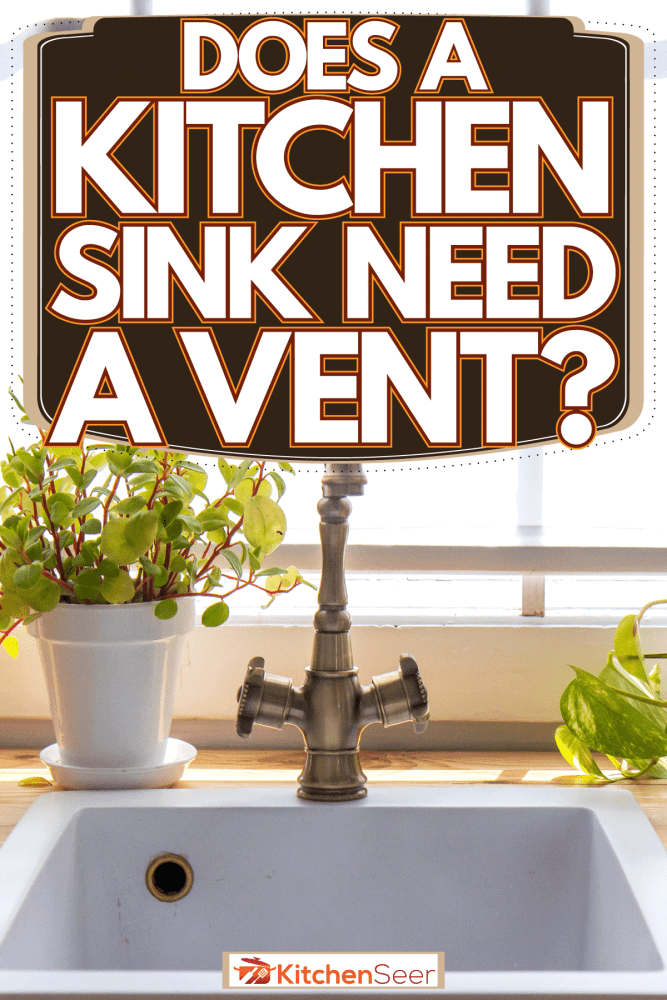











/sink-vent-installing-an-auto-vent-2718828-05-ca0dcb2915be457b9693ccd2655e6c21.jpg)










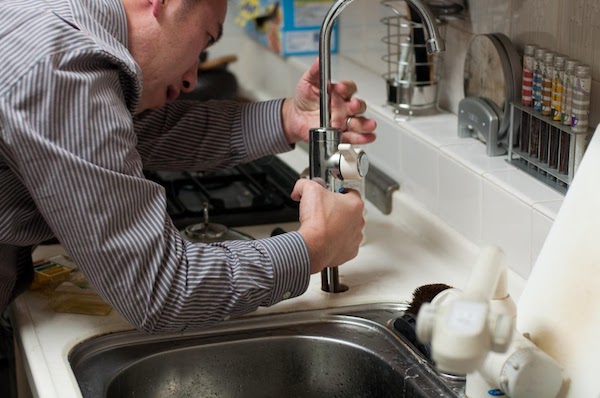



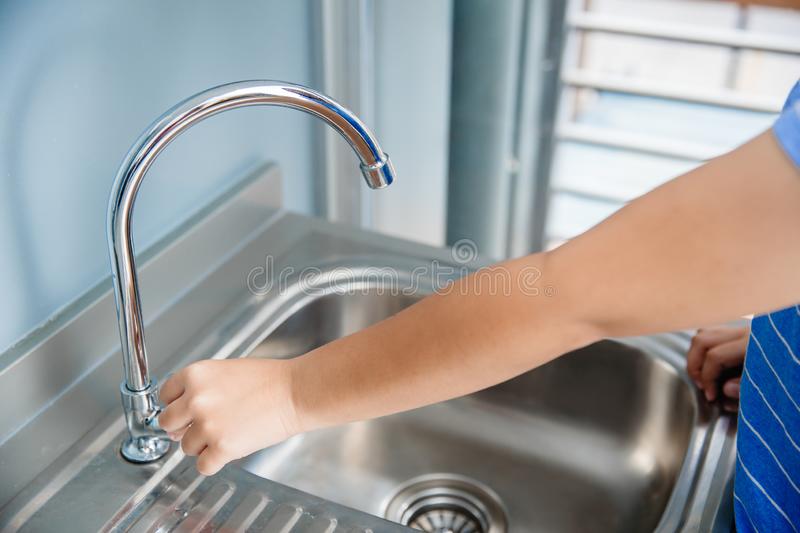





:max_bytes(150000):strip_icc()/freshen-and-unclog-drain-with-baking-soda-1900466-22-bbf940b70afa4d5abef0c54da23b1d3f.jpg)












:strip_icc()/everything-you-need-to-know-about-venting-for-plumbing-work-5662725-95e9f29008fd4a128db1ddc913b292ba.jpg)







/how-to-install-a-sink-drain-2718789-hero-b5b99f72b5a24bb2ae8364e60539cece.jpg)


:max_bytes(150000):strip_icc()/how-to-install-a-sink-drain-2718789-hero-24e898006ed94c9593a2a268b57989a3.jpg)















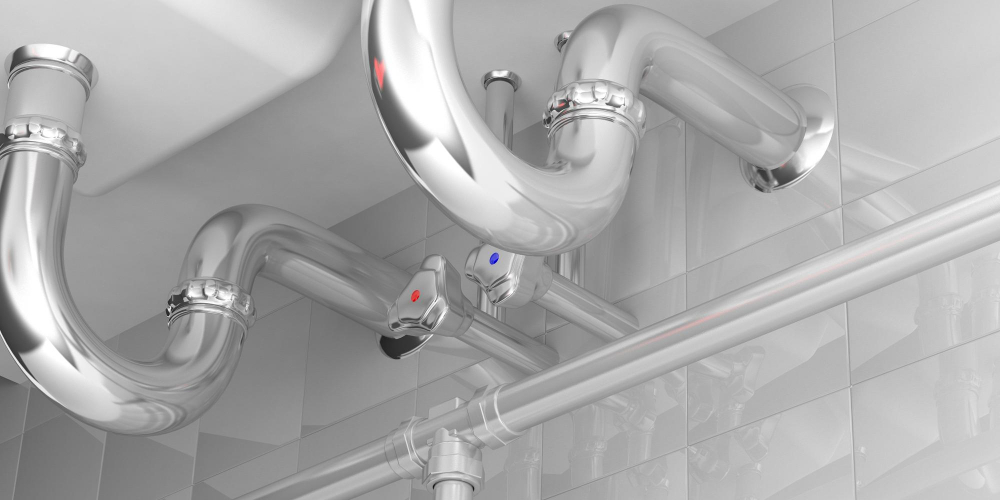
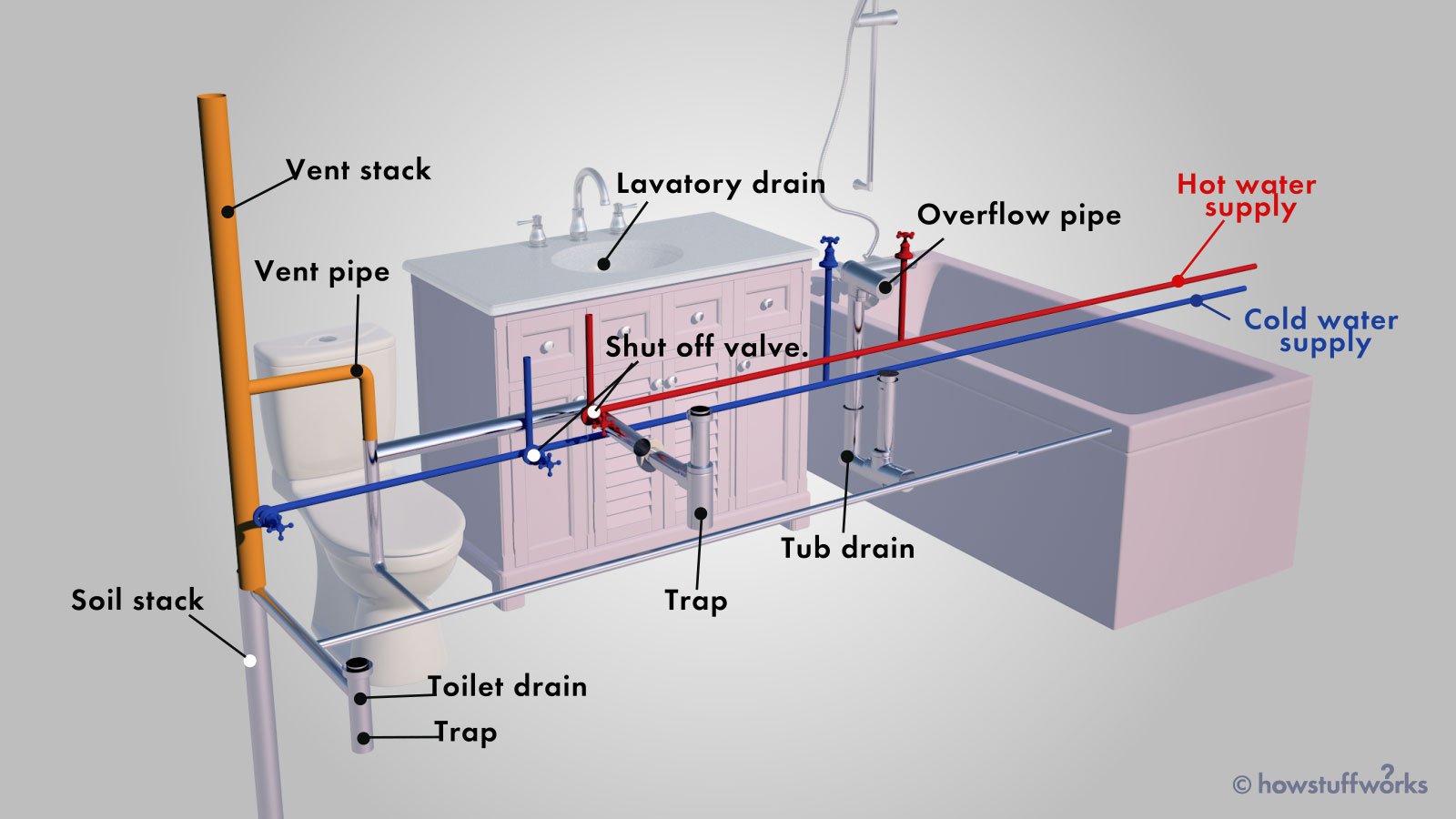






/sink-drain-trap-185105402-5797c5f13df78ceb869154b5.jpg)








